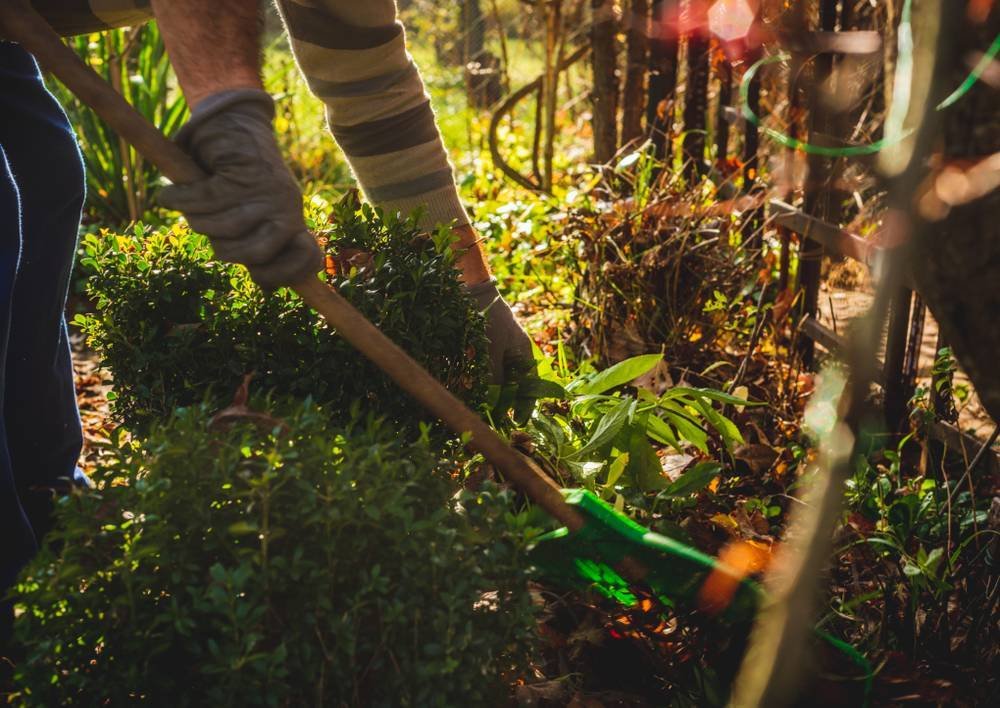
Dec 12,2023 by gardenerstars
Winter Care of Your Garden: How to Prepare Your Garden for Winter
As the temperatures start to drop and the days get shorter, the gardens start to slow down. With the first frost looming or maybe has already hit, it is time for the fall cleanup. You may be tempted to just look the other way. You have worked hard on your yard and gardens all summer. You want a break! But hang in there a little longer. Get out your rake and other garden supplies. The work you do now will directly impact what happens in spring.
Here’s how to care for your annuals and perennials for winter:
Annuals
Most of the plants in a vegetable garden are annuals. They have done their job and are now dead or dying. After harvest is completed, remove dead leaves and other vegetative debris from your garden. The one exception to this is any legumes such as beans and peas. These legumes are able to fix nitrogen in nodules in the roots. This nitrogen is a valuable asset to your garden. Instead of pulling the entire plant out, cut it off at the soil level. Leave the root in place to nourish next year’s plants. Add the upper part of the plant to your compost pile. Remove all other healthy plant debris from the garden. Leaving it in the garden can provide a handy overwintering place for insect pests and diseases.
If any plant material is diseased, do not include it in the compost. It could survive the compost process and you will be spreading the disease when you spread the compost. Instead, either burn diseased material or dispose of it in your trash. Consider adding a winter cover crop, like winter rye. This will protect the soil during the winter months and then can be turned into the soil in spring to add organic matter.

If you had serious weed issues this past summer, add a barrier cloth to cover the garden for the winter. This can help to kill the weeds that remain in your garden. An inexpensive or free alternative to the cloth is cardboard, or even a several layers thick newspaper covering.
Perennials
Hardy perennials can endure subfreezing temperatures well. However, alternate freezing and thawing can cause the ground to heave roots out, often resulting in loss of plants. After foliage has died back, cut off all dead leaves and stems and cover the plants to a depth of six inches. Straw, leaves, pine needles or any other coarse, light material is excellent for this. Place dead boughs over the mulch to hold it in place. If you live in the South, add the mulch after the garden is cultivated.

This mulching should be done after the ground has frozen in the North. The reason to wait is that any critter living outside is looking for a place to winter. What better place from their perspective than a nice soft soil easy to dig a burrow in, covered with a food supply and now a warm blanket! If you wait for the ground to freeze, the critters don’t want to be out in the open, and they’ll look for a different location for their winter home.
Once the ground is frozen, they can’t dig a nice burrow. If you want to skip mulching your perennials, you can count on the snow cover to do the job. A lasting snow cover is nature's mulch. However, there is no guarantee that there will be enough snow to do the job or that it won’t melt or be blown away during the course of the winter. Better to be safe than sorry!
Another fall chore is protecting your perennials as well as your shrubs and trees from animal damage. During the winter, there isn’t grass and other growing plants for the rabbits and deer to eat. Depending on the types of woodland creatures in your area, you may want to put up barriers around them to prevent damage. There are tree wraps available or you can use fencing. If you have tomato cages, use them during the winter to protect small trees and shrubs. Stick them over the plants and into the ground before the ground freezes. Then, surround each cage with chicken fencing. The tomato cage will stay frozen in place even during blizzard conditions, and the chicken fence is able to keep rabbits and deer from reaching your small plants.
If you take care of these chores in the fall, you will be off to a great start in the spring–and so will your perennials.







